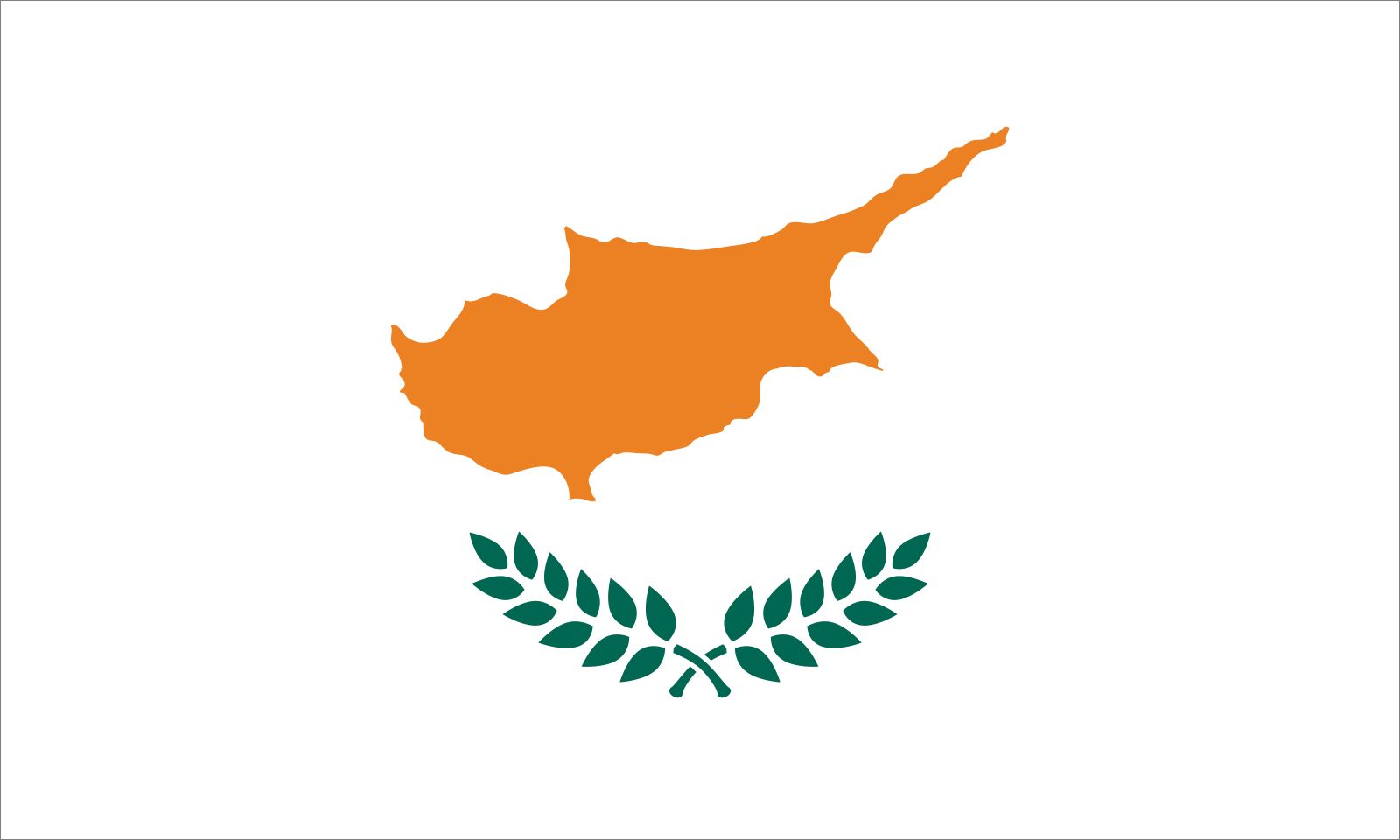The first general election occurred in July 1960. Of the 35 seats allotted to the Greek Cypriots, 30 were won by supporters of Makarios and 5 were allotted to the communist-led Progressive Party of the Working People (AKEL). All 15 Turkish Cypriot seats were won by supporters of Küçük. Cyprus became a republic on August 16, 1960, and was admitted as a member of the UN. The British government agreed to provide financial assistance over a period of five years, and Cyprus gained membership in the Commonwealth in March 1961.
Track how UN Peacekeeping Forces helped end tension between the Turks and the Greeks in the civil war at Nicosia, capital of CyprusUnited Nations Peacekeeping Forces arrive in Nicosia in 1964 to quell civil unrest between Turkish and Greek factions in Cyprus.(more)
Despite these arrangements, the long-standing conflict between the Greek Cypriot majority and the Turkish Cypriot minority intensified following independence. The difficulties the government encountered in implementing some of the complicated provisions of the constitution, particularly regarding local government and finance, led Makarios to propose 13 amendments to Küçük in late 1963. These were rejected by the Turkish government and the Turkish Cypriots, and fighting broke out between the two Cypriot communities. As a result, the area controlled by the Turkish Cypriots was reduced to a few enclaves, and Nicosia was divided by a cease-fire line—known as the Green Line—policed by British troops. In March 1964 the UN Security Council agreed to send to Cyprus a multinational peacekeeping force, the mandate of which was extended repeatedly as the conflict continued. In 1964 the Turkish air force intervened after intensified fighting broke out in the northwest. Contingents of troops and officers from Greece and Turkey were taken into the island clandestinely to command and train the forces raised by the two communities. Grivas, who had been promoted to lieutenant general in the Greek army, returned from Greece to command the Greek Cypriot National Guard. In 1967 an incident in the southeast led to a Turkish ultimatum to Greece, backed by the threat of invasion. The military junta then ruling Greece complied by withdrawing the mainland contingents and General Grivas. An uneasy peace ensued, but intercommunal talks failed to produce a solution.
Makarios was reelected president in 1968 by an overwhelming majority and won again in 1973. Although he had originally been a leader in the campaign for enosis, many Greek Cypriots and mainland Greeks believed that, by the time he became president, he was content with Cyprus’s independence. Angered, dissidents tried to assassinate Makarios in 1970 and 1973, and in 1973 he was denounced by the three suffragan bishops who were ecclesiastically subordinate to him. Meanwhile, Grivas had returned secretly to Cyprus in 1971 to resume the campaign for enosis; he died in Limassol in 1974.
Establishment of an independent Turkish state
On July 15, 1974, a detachment of the National Guard, led by officers from mainland Greece, launched a coup to assassinate Makarios and establish enosis. They demolished the presidential palace, but Makarios escaped. A former EOKA member, Nikos Sampson, was proclaimed president of Cyprus. Five days later Turkish forces landed at Kyrenia to overthrow Sampson’s government. They were met by vigorous resistance, but the Turks were successful in establishing a bridgehead around Kyrenia and linking it with the Turkish sector of Nicosia. On July 23 Greece’s junta fell, and a democratic government under Konstantinos Karamanlis took power. At the same time, Sampson was replaced in Cyprus by Glafcos Clerides, who as president of the House of Representatives automatically succeeded the head of state in the latter’s absence. As required by treaty, the three guarantor powers—Britain, Greece, and Turkey—met for discussions in Geneva, but the Turkish advance continued until mid-August. By that time Turkey controlled roughly the northern third of the island. In December Makarios returned and resumed the presidency, and a few months later Turkish leaders proclaimed a Turkish Federated State of Cyprus under Rauf Denktash as president. Since that time the boundary between the two sectors has unofficially been known as “the Attila Line,” named for the Turkish army’s battle plan.
In May 1983 Denktash broke off all intercommunal talks, and in November he proclaimed the Turkish Republic of Northern Cyprus (TRNC); the republic’s independence was recognized only by Turkey. The UN Security Council condemned the move and repeated its demand, first made in 1974, that all foreign troops be withdrawn from the Republic of Cyprus. Renewed UN peace-proposal efforts in 1984 and 1985 were unsuccessful, and in May 1985 a constitution for the TRNC was approved by referendum.
